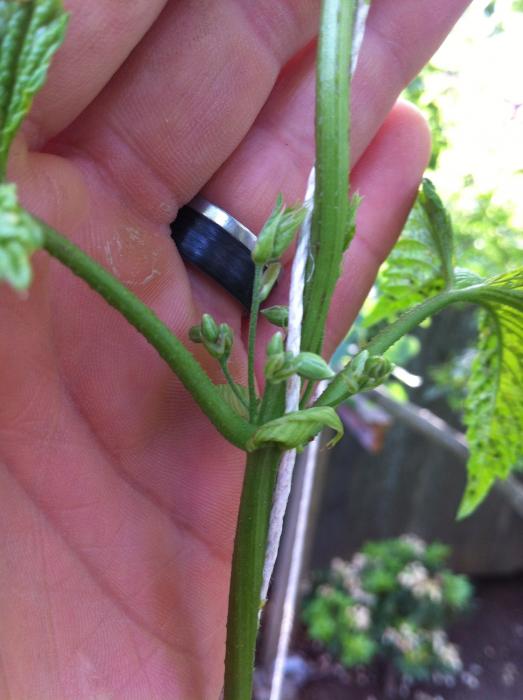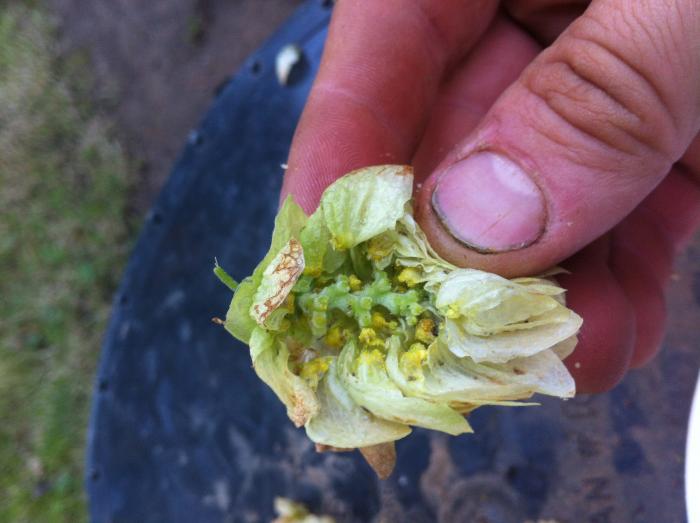Before anyone helpfully points out that hops don't grow true from seed - I know... That is exactly the point.
After searching high and low (including this board) for hop pollen/males, I decided to take a step back and sprout my own males for breeding purposes. Thanks to friends on the internet, I am working with wild hops from Wyoming, Colorado and Saskatchewan, Canada.
This week, the first plant to sprout (Wyoming) produced a set of true leaves.
Feel free to follow along: http://gabriel.nagmay.com/2013/03/hops-from-seed/
I would also appreciate any advice/resources that you might have.
Cheers,
Nagmay


After searching high and low (including this board) for hop pollen/males, I decided to take a step back and sprout my own males for breeding purposes. Thanks to friends on the internet, I am working with wild hops from Wyoming, Colorado and Saskatchewan, Canada.
This week, the first plant to sprout (Wyoming) produced a set of true leaves.
Feel free to follow along: http://gabriel.nagmay.com/2013/03/hops-from-seed/
I would also appreciate any advice/resources that you might have.
Cheers,
Nagmay

















































![Craft A Brew - Safale BE-256 Yeast - Fermentis - Belgian Ale Dry Yeast - For Belgian & Strong Ales - Ingredients for Home Brewing - Beer Making Supplies - [3 Pack]](https://m.media-amazon.com/images/I/51bcKEwQmWL._SL500_.jpg)



















